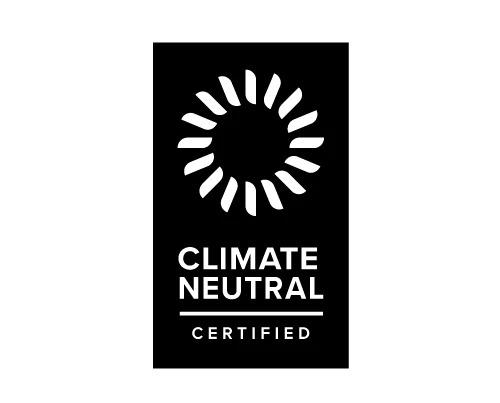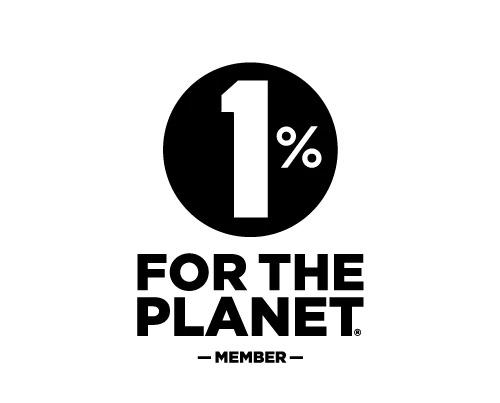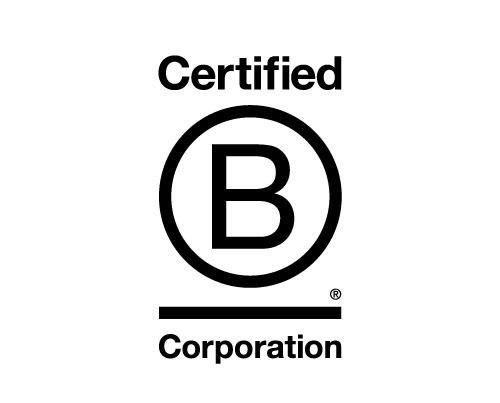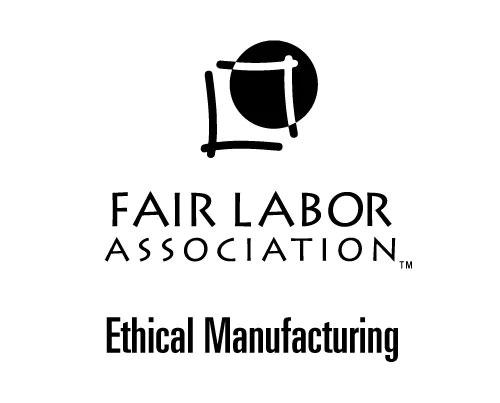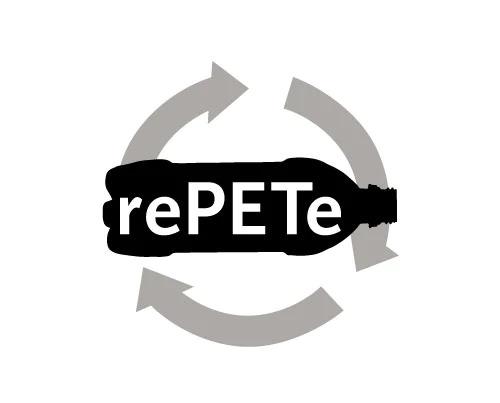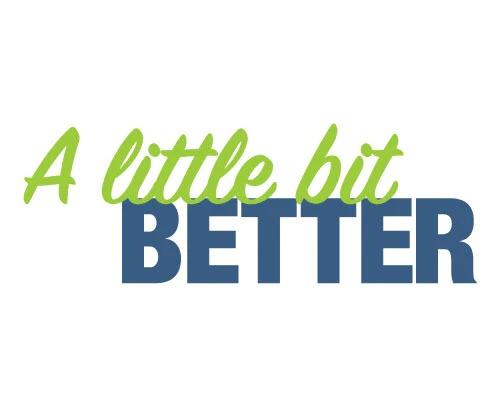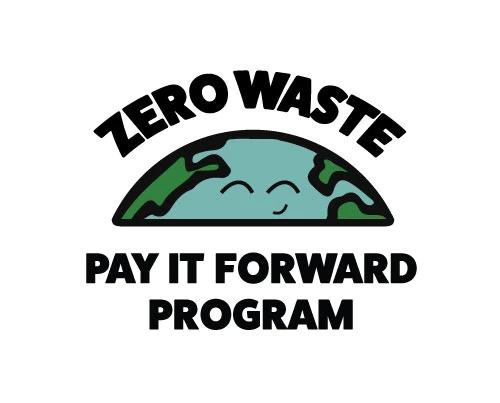MISSION
From the day we first opened our doors, compassionate sustainability has been at the heart of our bold business. It’s the reason and the promise behind our newest “Pledge for the Planet” Commitment, establishing us as a leader in cutting-edge corporate sustainability.
Our Mission: Helping Humanity Bag The Single-Use Habit
By exchanging wasteful, single-use bags, utensils, and containers for high quality, long-lasting reusable products, we protect our planet from pollution and preserve its beauty for generations to come.
We Hold Ourselves To The Highest Of Standards
Rigorous safety and contaminant testing, certified recycled yarn, fair labor rules, ethical manufacturing, high quality and extreme durability, zero-waste operations—these are just a few of the key benchmarks to which we hold ourselves accountable as a responsible manufacturer, business partner, and retailer.
As new and better ways to care for the planet emerge, we constantly position ourselves to evolve and grow in tandem with improvements in technology and sustainable approaches.
Whether growth is a new design or a fresh partnership with like-minded companies, we remain passionate about challenging the status quo. There is no longer an excuse for any action other than change.
Our Seven-Point Plan For Sustainability
As part of this commitment, we advocate for policies that limit single-use products and ultimately make the world a better, safer place. Specifically, we walk the talk through seven key initiatives.
